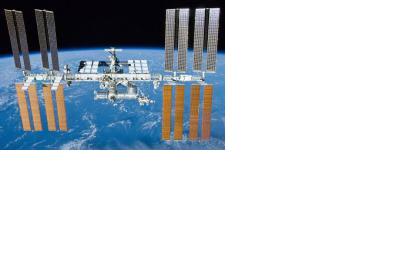The Philippine Department of Science and Technology (DOST) has announced the launch of its own satellites into space in 2016 and 2017.
In order to assist in disaster management programs, weather forecasting, agriculture, fisheries, forest protection, mining, and even the protection of cultural and historical sites, Philippine's Scientific Earth Observation Micro-Satellite (PHL-Microsat) Programme will send two micro-satellites into space, as Dr. Joel Marciano, the programme leader, stated.
The launch of the first micro-satellite, PHL-Microsat-1, nicknamed Diwata, will take place in 2016 from the International Space Station (ISS), while the second micro-satellite, PHL-Microsat-2, will be launched in 2017. In addition to the two satellites, a ground receiving station called the Philippine Earth Data Resources Observation (Pedro) Center will be established under the programme.
The programme will be funded by the Philippine government with the support of two Japanese universities, Tohoku University and Hokkaido University. The two schools are currently training Filipino scientists and engineers to design and build the components of the micro-satellite and receiving station.

